[ad_1]
Horticulture is stuffed with fancy botanical Latin phrases and technical phrases that on a regular basis put gardeners off. These botanical phrases may appear terribly troublesome, or worse, incomprehensible. Nonetheless I promise plant naming shouldn’t be as troublesome because of it appears.
We now have Swedish botanist Carl Linnaeus to thank for this stress-inducing, mysterious plant naming system. Because of the quantity of vegetation he handled over 250 years beforehand, Linnaeus needed a simplified widespread system to make the most of in his e-book Species Plantarum. Thus, binomial nomenclature was born. Technically he wasn’t the primary to make the most of this technique, however was the primary to utilize it all the time to the plant kingdom and later to the animal kingdom.
Understanding plant classification affords you needed info which is able to may also help you elevated care in your crops. Sadly, frequent names aren’t fastened, so it’s laborious to depend on them alone. Plus, they miss among the many many clues concerned in classification that present increased info of what we’re rising.
Let’s have a look on the botanical phrases utilized in naming and classifying vegetation. I’m specializing in these which are helpful to gardeners however know that there are a selection of additional groupings out there available on the market useful to botanists too.
Household
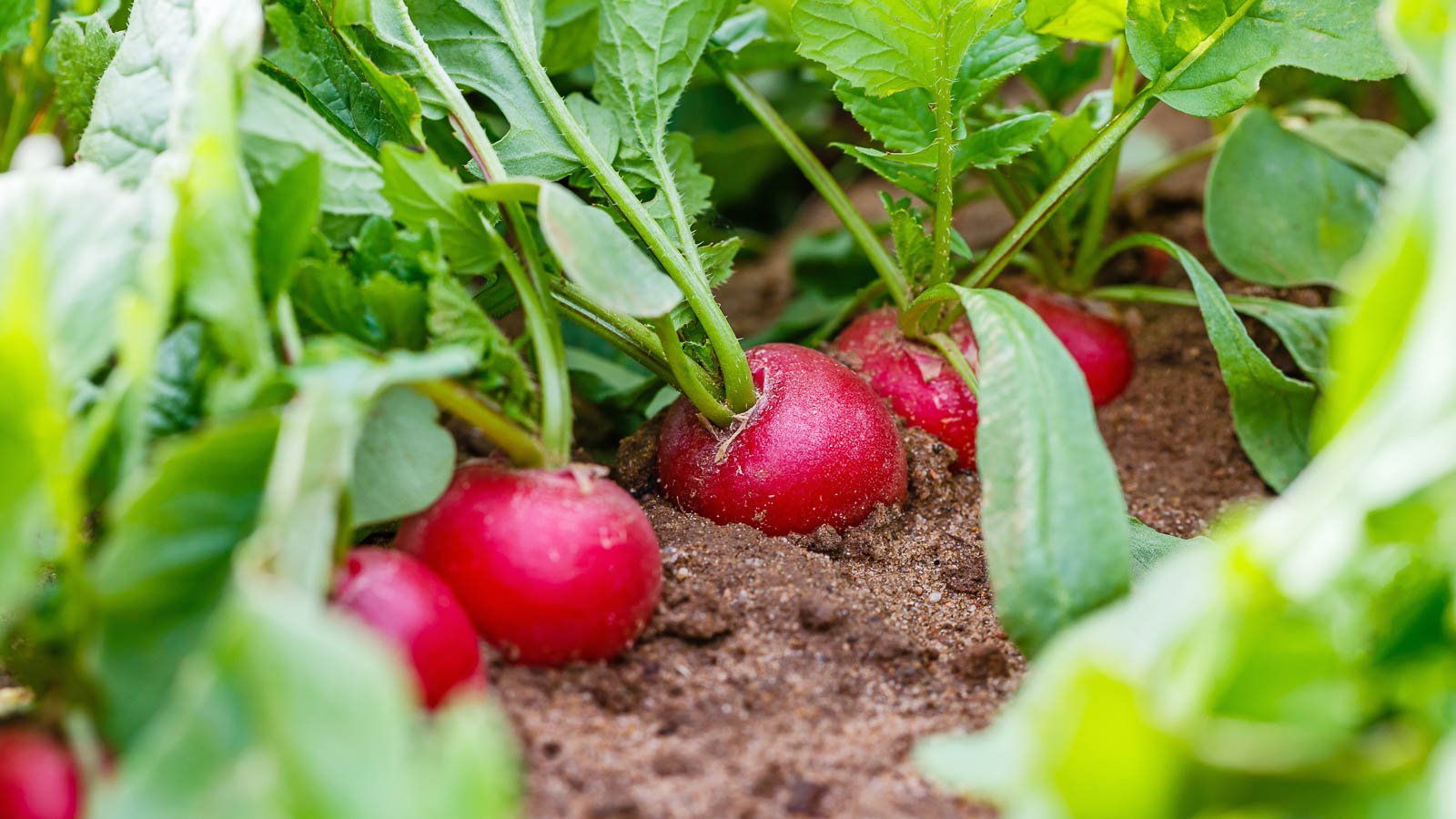

The primary classification to give attention to is households. There are groupings above households, like orders and kingdoms, however for gardeners, that is usually as excessive as we now should go. Bigger groupings don’t present as fairly a bit useful info, so we begin with this major diploma.
Vegetation with related constructions are grouped into households. This accommodates the kind of the leaves, the enlargement conduct of the stems, or the kind of the flowers or seeds. They finish with aceae and customarily begin with genus names we’re going to acknowledge, like Orchidaceae.
Let’s take broccoli as an illustration. The household title is Brassicaceae, normally normally generally called the brassica household. This household accommodates many different crops, together with radishes and mustards, and ornamentals like alyssum.
Understanding that vegetation inside the identical household share traits is useful in cultivation, significantly by the use of factors like pests. Everytime you perceive which pests normally are likely to goal a optimistic household, you may defend not just one species however all that fall inside that group. Administration strategies are furthermore usually related between vegetation in a household.
Genus
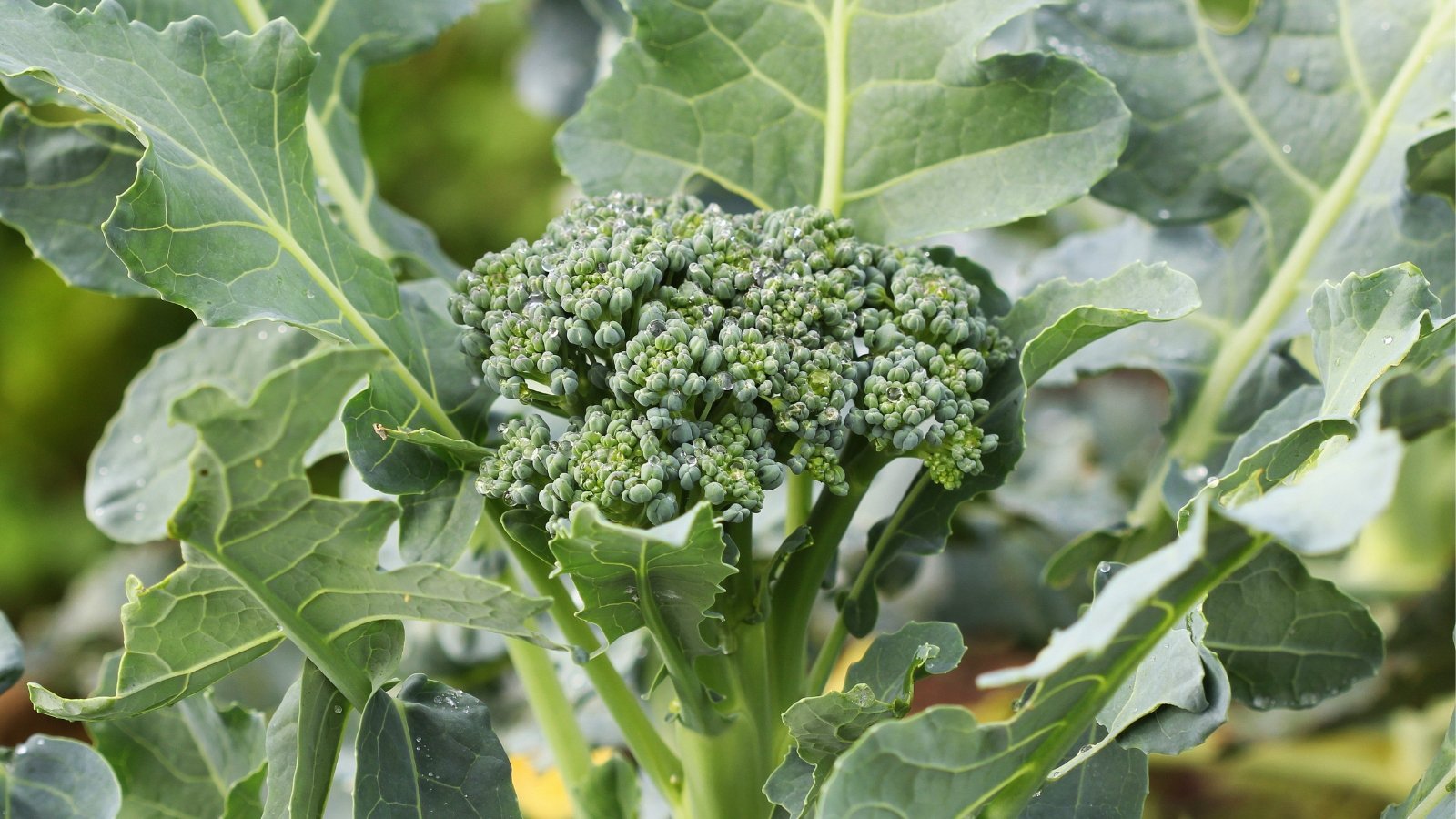

Inside a household, we now have now a genus. Or in plural, genera. The precept is comparable as with households – vegetation are grouped collectively on account of they’ve related traits. Nonetheless, contained in the case of the genus, they’ve much more in frequent than vegetation inside the identical household.
There might presumably be tons of of genera inside a household, or just some, relying on the size. As soon as extra to the broccoli event, the genus title is Brassica (with out the aceae on the top). Genera are regularly capitalized and italicized, too.
Many genera are only some hundred years earlier, initially named when binomial nomenclature was launched. Nonetheless, as scientists receive additional particulars regarding the constructing of vegetation over time, genera may change, or species inside genera may change spherical.
For instance, though many acknowledge the houseplant snake plant as Sansevieria, it was reclassified only some years beforehand into the Dracaena genus primarily based completely on new molecular phylogenetic evaluation. It takes some time for gardeners to catch on (we’re clearly not followers of change), so that you simply simply’ll usually see vegetation nonetheless named utilizing their earlier genus, or each genera listed as synonyms.
Species
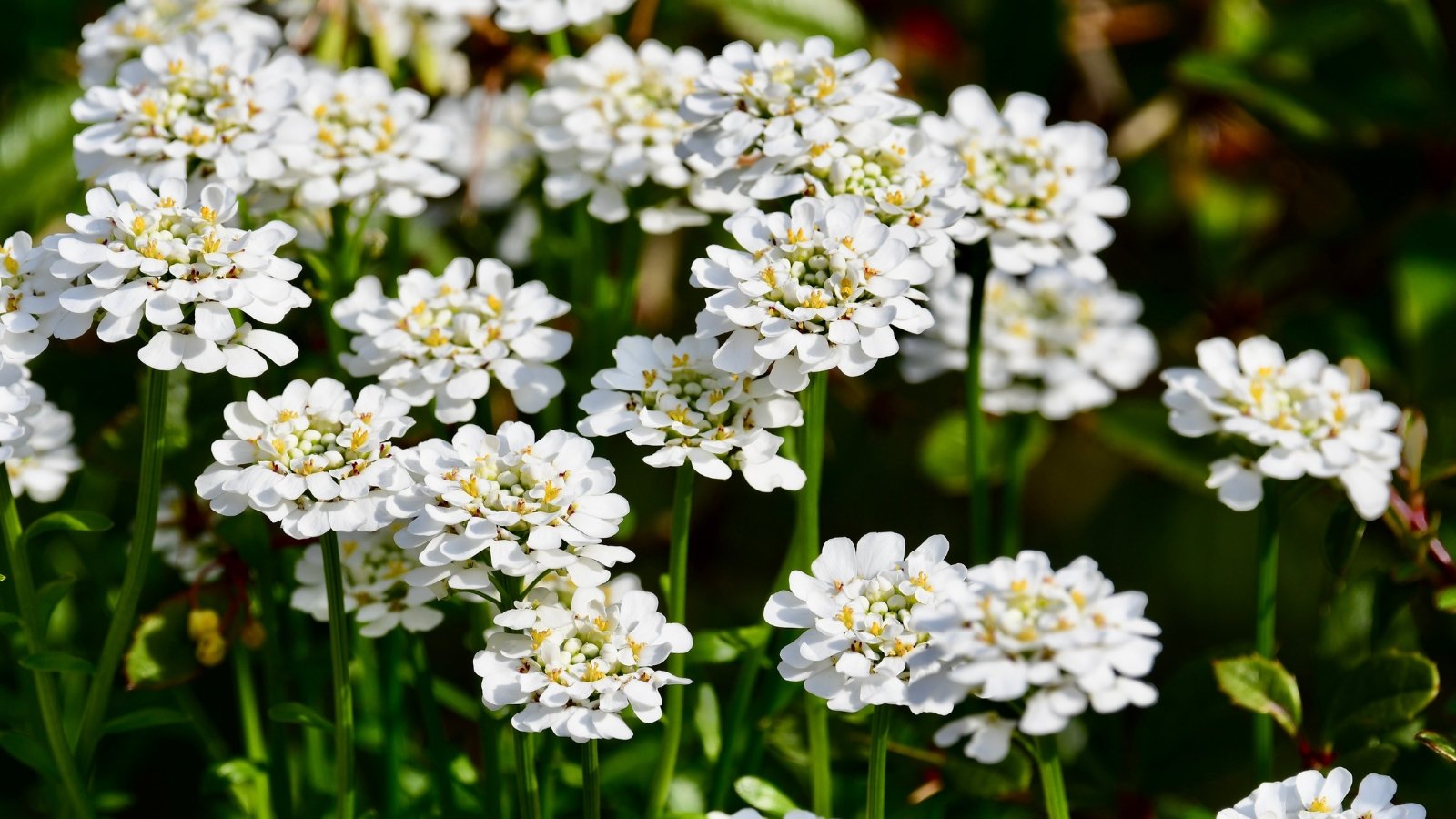

A species title consists of two phrases as per binomial nomenclature (the ‘bi’ prefix affords that away). The primary phrase refers once more to the genus, and the second generally called the precise epithet.
Particular epithets arrange express traits that set a plant aside inside a genus. They usually give us clues to how the plant grows, the place it was discovered, or who ‘found’ it. Some have Latin roots and others have Latinized Greek roots. Some are merely a model of the classifier’s title.
Everytime you’re employed with vegetation usually, you’ll get to know the connections shortly. Some phrases, like ‘flora’ or ‘grand’ are straightforward to acknowledge already to assist us decipher why a plant was named that means. Others are additional troublesome. In relation to vegetation named after folks, vegetation ending in –ii are named after males, and –ae after women.
Listed beneath are only some examples of root phrases, prefixes, or suffixes:
- Lact: Milky, as in Paeonia lactiflora
- Aure: Gold, as in Epipremnum aureum
- Phyl: Leaf, as in Arisaema triphyllum
- Angust: Slender, as in Lavandula angustifolia
- Iber: From Spain, as in Iberis sempervirens
- Maritima: From the seaside, as in Lobularia maritima
The genus title plus the precise epithet varieties the species title. As soon as extra to broccoli, that’s Brassica oleracea, or B. oleracea. The precise epithet roughly means vegetable, indicating what this species is normally used for.
Alternative
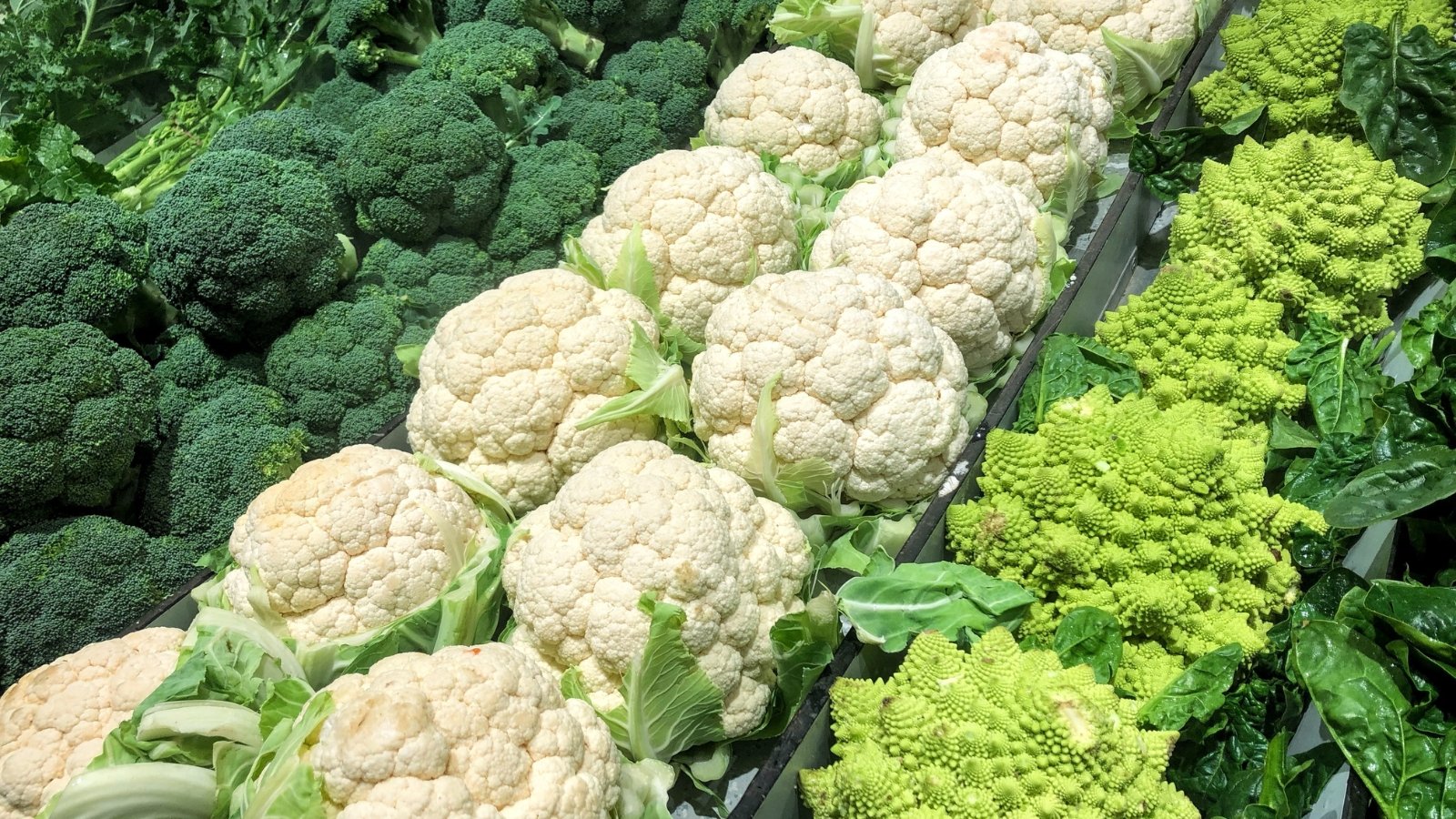

Varieties are fully completely completely different variations of a selected species (though not all species have fully completely completely different varieties inside them). They’re distinctly fully completely completely different from the primary species in a wide range of methods however are nonetheless genetically associated.
Varieties usually emerge naturally with out direct human intervention, however this isn’t regularly the case. This will often very properly be a random adaption, cross-pollination, or the outcomes of evolution. Varieties are indicated by the abbreviation var. between the precise epithet and the range title. Some varieties emerged by means of cultivation by people.
Broccoli is Brassica oleracea var. italica, a wide range of untamed cabbage that was cultivated by people. The botanical Latin phrases are regularly in italics, whereas the var. stays customary.
What primarily separates varieties from cultivars is that varieties are true to kind, whereas cultivars might not be. Plant varieties are sometimes common, permitting you to develop the same plant from seed. These self related traits that make it distinctive from the species will maintain inside the brand new plant. In quite a few phrases, they develop true to kind. The same shouldn’t be true for cultivars, which we’ll check out subsequent.
Cultivar
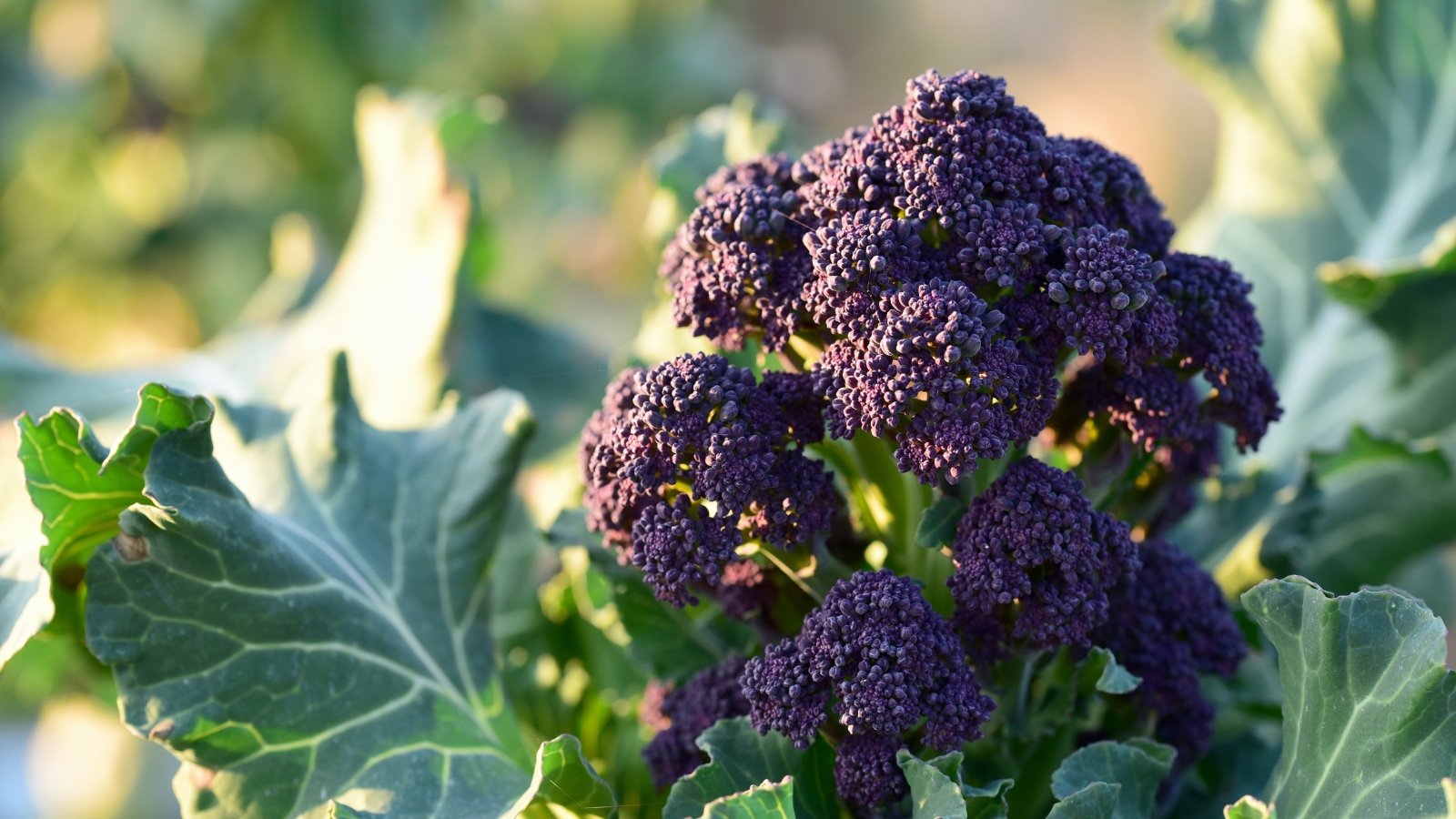

A cultivar is a single plant that has been bred by people in a managed setting and produces a express attribute. This botanical time interval is a mixture of ‘cultivated’ and ‘selection’, indicating a subgroup of a species that was significantly cultivated by folks.
Plant breeders produce cultivars for many causes, however the goal is enchancment of some kind, every in enchancment conduct or decorative worth. Various of these cultivars are a cheerful accident, although.
For instance, there are cultivars of a wide range of vegetable crops which have been bred to be proof towards optimistic sicknesses, reducing the opportunity of ruining your harvest. Aggressive species have cultivars bred to be so much a lot much less invasive contained in the yard. Others are created to bolster flower coloration or foliage patterns. The itemizing goes on.
The key distinction between a spread and a cultivar is cultivars are tougher to breed from seed. They’re in a position to be cloned utilizing vegetative propagation. Breeders usually patent their cultivars ahead of distribution, so it would presumably truly be unlawful to propagate a patented cultivar for resale.
Ending off the broccoli event, there are a selection of attention-grabbing cultivars to select from, like ‘Di Cicco’ or the extraordinary purple ‘Burgundy’. The cultivar title will seem after the species title, regularly inside quotes and with capital letters. So the general title might be Brassica oleracea var. italica ‘Di Cicco’.
[ad_2]



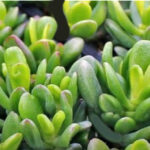
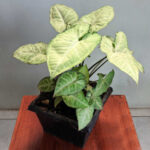
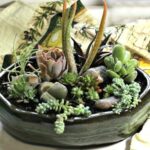

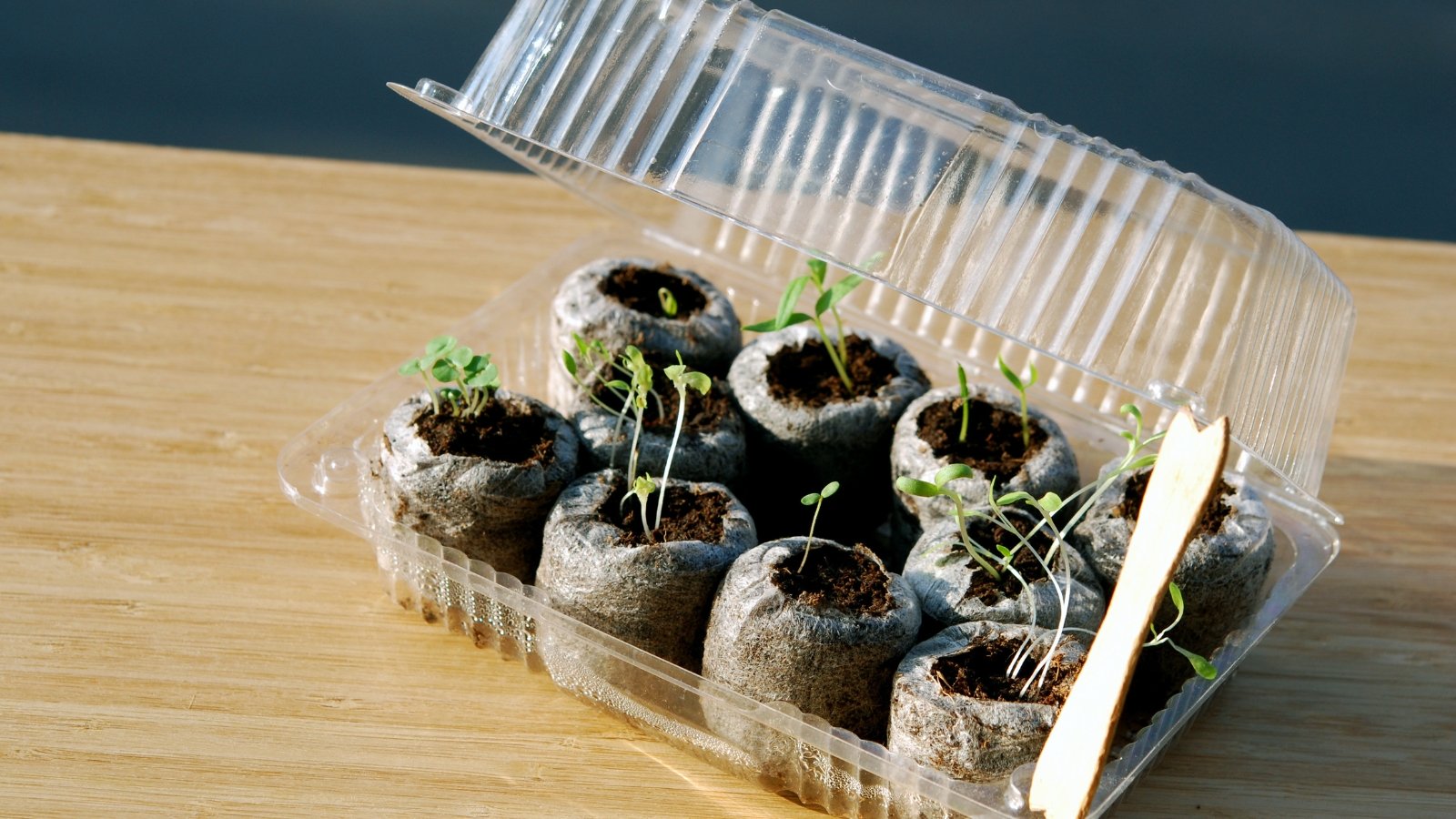
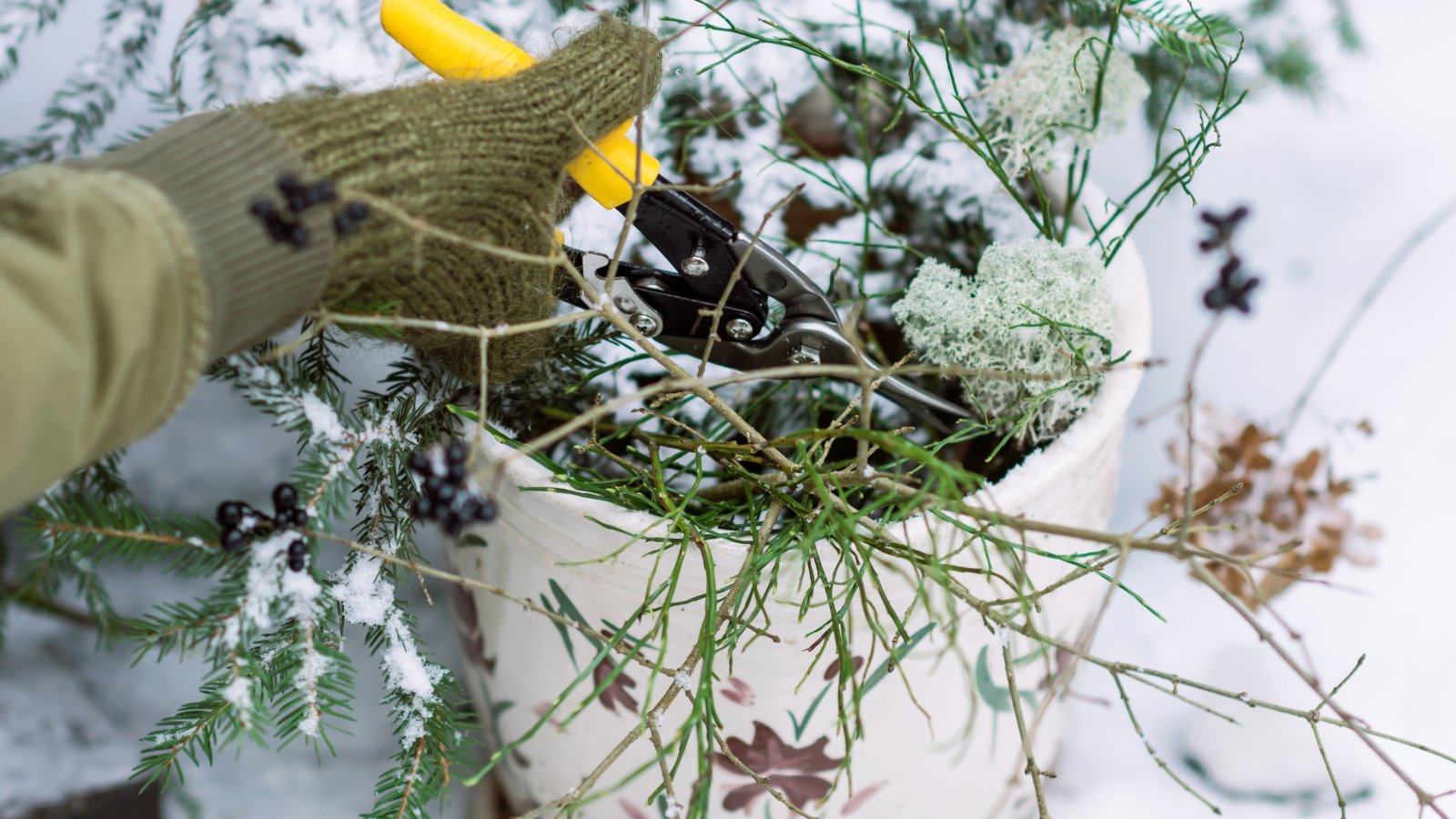
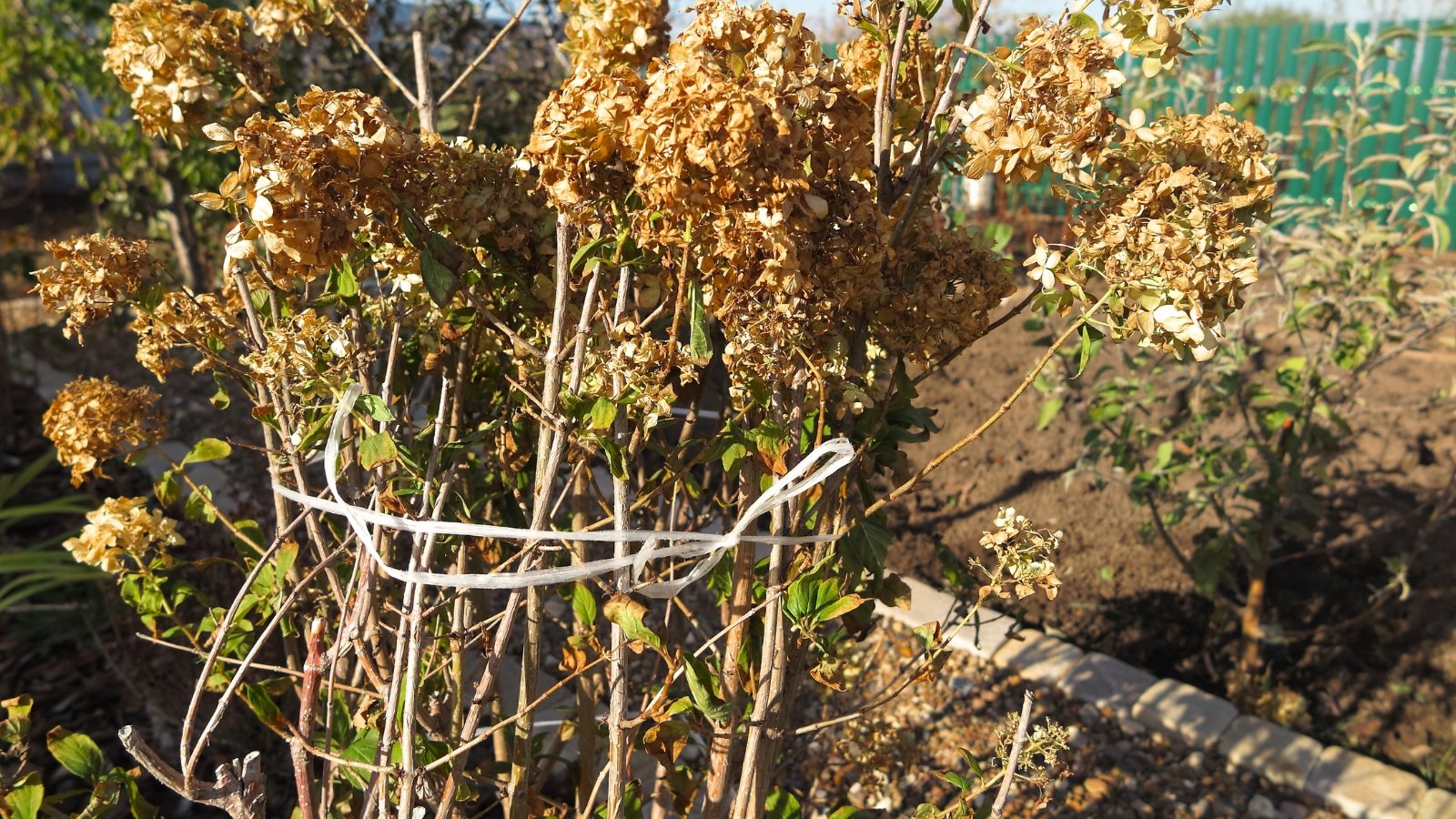

This article provides a clear explanation of plant classification, particularly focusing on the importance of understanding families and genera. It seems essential for gardeners to grasp these concepts to enhance their cultivation efforts.
The discussion on cultivars versus varieties is quite insightful. It’s helpful to know that cultivars are bred for specific traits, which could influence my choices when planning a garden layout for the upcoming season.
I found the historical context surrounding Carl Linnaeus and binomial nomenclature fascinating. Knowing how this system was developed helps me appreciate the structure behind plant naming and its relevance to gardening practices today.
This article effectively emphasizes the importance of plant classification in horticulture. Understanding these classifications not only aids in plant care but also enriches our overall gardening experience by fostering a deeper connection with nature.
I appreciate how this piece simplifies complex botanical terms. Understanding the differences between species and varieties can significantly aid in selecting the right plants for our gardens without feeling overwhelmed by jargon.